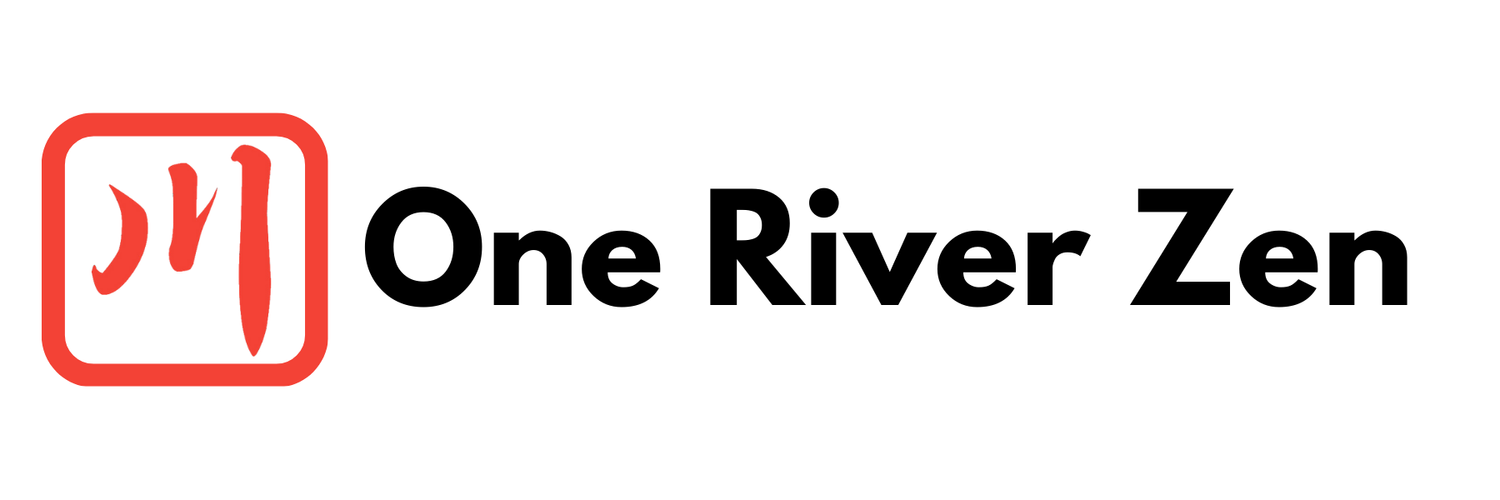
THE SECOND ARROW
There's a parable the Buddha gifted us to relate with suffering more skillfully. Any time we suffer affliction, two arrows are let loose in our direction. To be pierced by the first arrow is painful. To be struck by the second arrow is even more excruciating.

FILL YOUR HEART
Our daily practice helps us widen our window of tolerance so we can face what is coming up for us openly and without judgment. When we experience this way, our relationship with pain and suffering transforms…

SEE THE CONTEXT
Sometimes we get so fixated on our point of view that we see everything through the lens of our conceptual understanding. There's an old saying that "if you only have a hammer, then everything looks like a nail".

EXPLORE DEVOTION
When we place our hearts and our longings outside of the realm of the small self, we create the possibility of wonder. In this place, we explore the boundlessness that is our true nature.

IGNORE THE FINE PRINT
Regular meditation practice gives us the spaciousness required to see and experience directly.


CONFRONT YOUR CRITIC
We're more likely to believe the truthfulness of negative sentiments as compared to positive ones. This positive-negative asymmetry gives birth to our notorious inner-critic.

